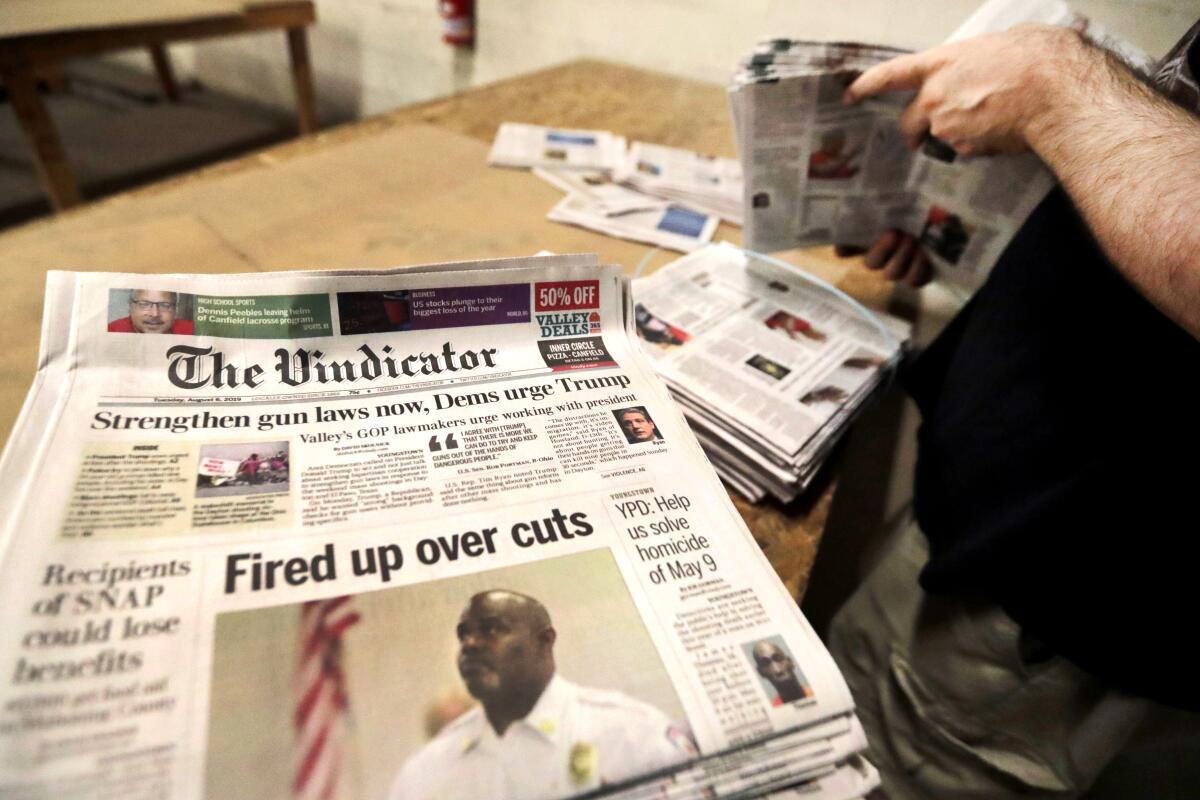Fascination About News Articles
Fascination About News Articles
Blog Article
Facts About News Articles Revealed
Table of ContentsThe smart Trick of News Articles That Nobody is Talking AboutThe Definitive Guide for News ArticlesNews Articles - An OverviewThe Basic Principles Of News Articles Facts About News Articles Uncovered
Good knowledge of various subjects offers students an affordable side over their peers. Although electronic and social media sites are readily available, we ought to not neglect how vital it is to read the newspapers. Moms and dads have to attempt and instill the practice of reviewing a newspaper as a day-to-day regimen to continue the legacy of the adored print medium.News tales also include at the very least one of the adhering to important features loved one to the intended audience: distance, importance, timeliness, human rate of interest, oddity, or consequence.
Within these restrictions, news tales also intend to be comprehensive. Among the bigger and a lot more recognized papers, fairness and balance is a significant variable in offering information.
Newspapers with a global target market, as an example, tend to use an extra official style of creating. The certain choices made by a news electrical outlet's editor or editorial board are usually collected in a design overview; usual design guides consist of the and the US News Design Publication. The major objectives of news writing can be summarized by the ABCs of journalism: accuracy, brevity, and clearness.
What Does News Articles Mean?
As a regulation, journalists will certainly not make use of a lengthy word when a short one will certainly do. They make use of subject-verb-object construction and vivid, energetic prose (see Grammar). They provide stories, instances and metaphors, and they seldom rely on generalizations or abstract ideas. Information authors attempt to stay clear of using the same word greater than as soon as in a paragraph (occasionally called an "resemble" or "word mirror").
Headlines occasionally leave out the topic (e.g., "Jumps From Boat, Catches in Wheel") or verb (e.g., "Cat female fortunate"). A subhead (also subhed, sub-headline, subheading, subtitle, deck or dek) can be either a subservient title under the main heading, or the heading of a subsection of the write-up. It is a heading that comes before the major message, or a group of paragraphs of the major message.

Additional billboards of any of these types may show up later in the write-up (specifically on subsequent web pages) to lure further analysis. Such billboards are also made use of as tips to the post in other areas of the publication or site, or as promotions for the piece in Full Report various other magazine or sites. Typical structure with title, lead paragraph (summary in bold), various other paragraphs (information) and call details.
Example of a hard-lead paragraph NASA is suggesting another room job. The spending plan demands about $10 billion for the job.
The NASA news came as the company requested $10 billion of appropriations for the project. An "off-lead" is the 2nd most crucial front page information of the day. The off-lead appears either in the leading left corner, or straight listed below the lead on the. To "bury the lead" is to start the post with history information or details of secondary importance to the readers, requiring them to learn more deeply right into a short article than they must need to in order to uncover the crucial points.
All About News Articles
Common usage is that a person or 2 useful content sentences each develop their very own paragraph. Reporters generally explain the company or framework of a newspaper article as an inverted pyramid. The vital and most intriguing components of a tale are put at the start, with supporting information following in order of diminishing significance.
It permits individuals to discover a subject to just the deepness that their curiosity takes them, and without the imposition of details or nuances that they could consider unimportant, but still making that information available to much more interested visitors. The inverted pyramid structure also allows write-ups to be trimmed to any kind of arbitrary size during layout, to fit in the space available.
Some authors begin their stories with the "1-2-3 lead", yet there are many kinds of lead readily available. This layout inevitably begins with a "Five Ws" opening paragraph (as explained over), followed by an indirect quote that offers to sustain a major element of the initial paragraph, and then a straight quote to support the indirect quote. [] A kicker can describe multiple things: The last story current broadcast; a "pleased" story to finish the show.
Longer short articles, such as publication cover write-ups and the pieces that lead the within sections of a newspaper, are known as. Attribute stories vary from straight news in several means. Foremost is the absence of a straight-news lead, a lot of the time. Instead of offering the significance of a tale in advance, feature authors may try to draw visitors in.
News Articles Fundamentals Explained
A function's very first paragraphs often relate a fascinating minute or occasion, as in an "anecdotal lead". From the particulars of an individual or episode, its sight promptly widens to abstract principles concerning the tale's topic.

The Editor's Toolbox: A Reference Overview for Beginners and Professionals (2001) Allan M. Siegal and William G. Connolly. The New York Times Guidebook of Design and Use: The Official Design Guide why not look here Made Use Of by the Writers and Editors of the World's Most Reliable Newspaper (2002) M. L. Stein, Susan Paterno, and R.
Report this page